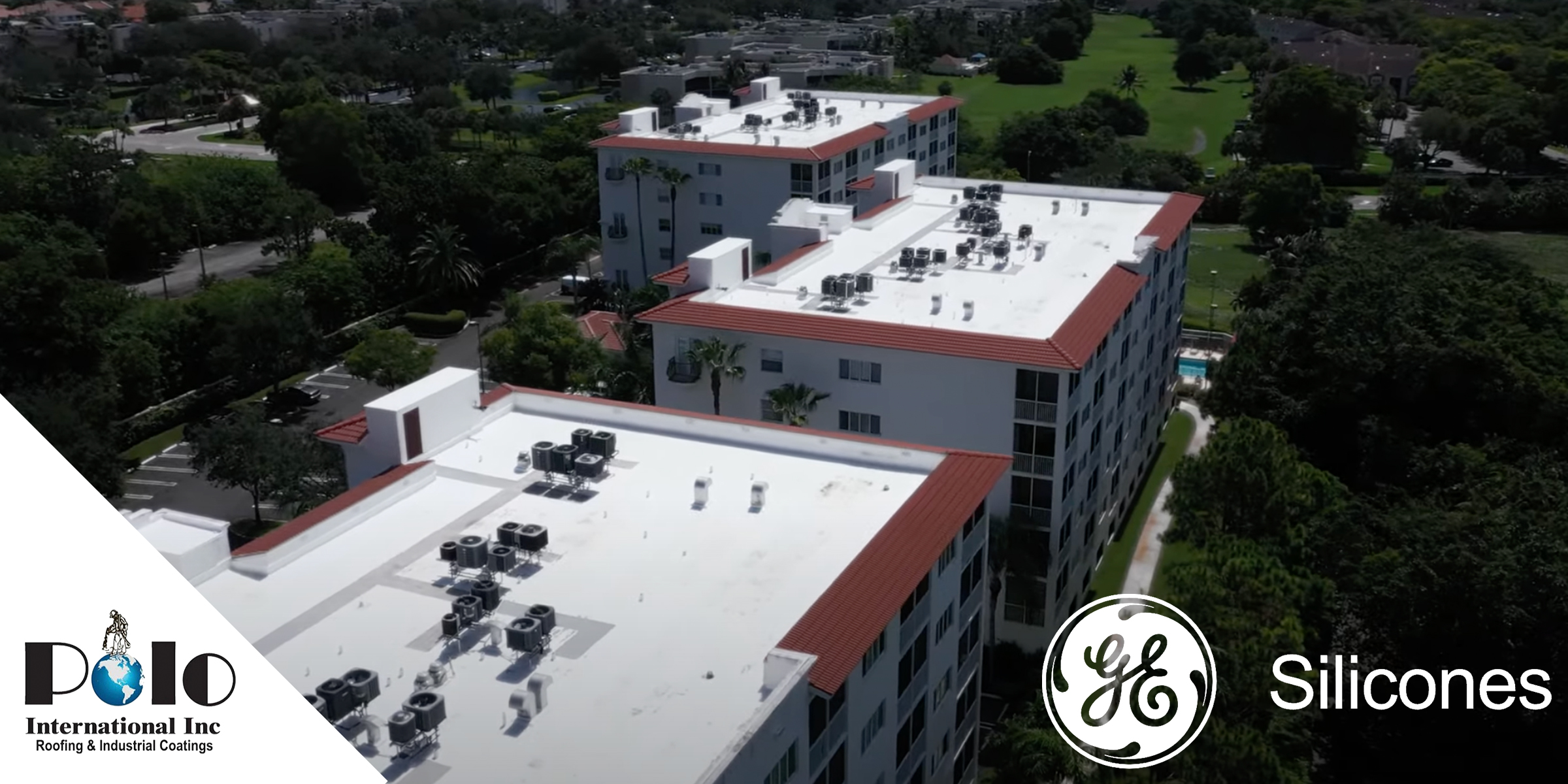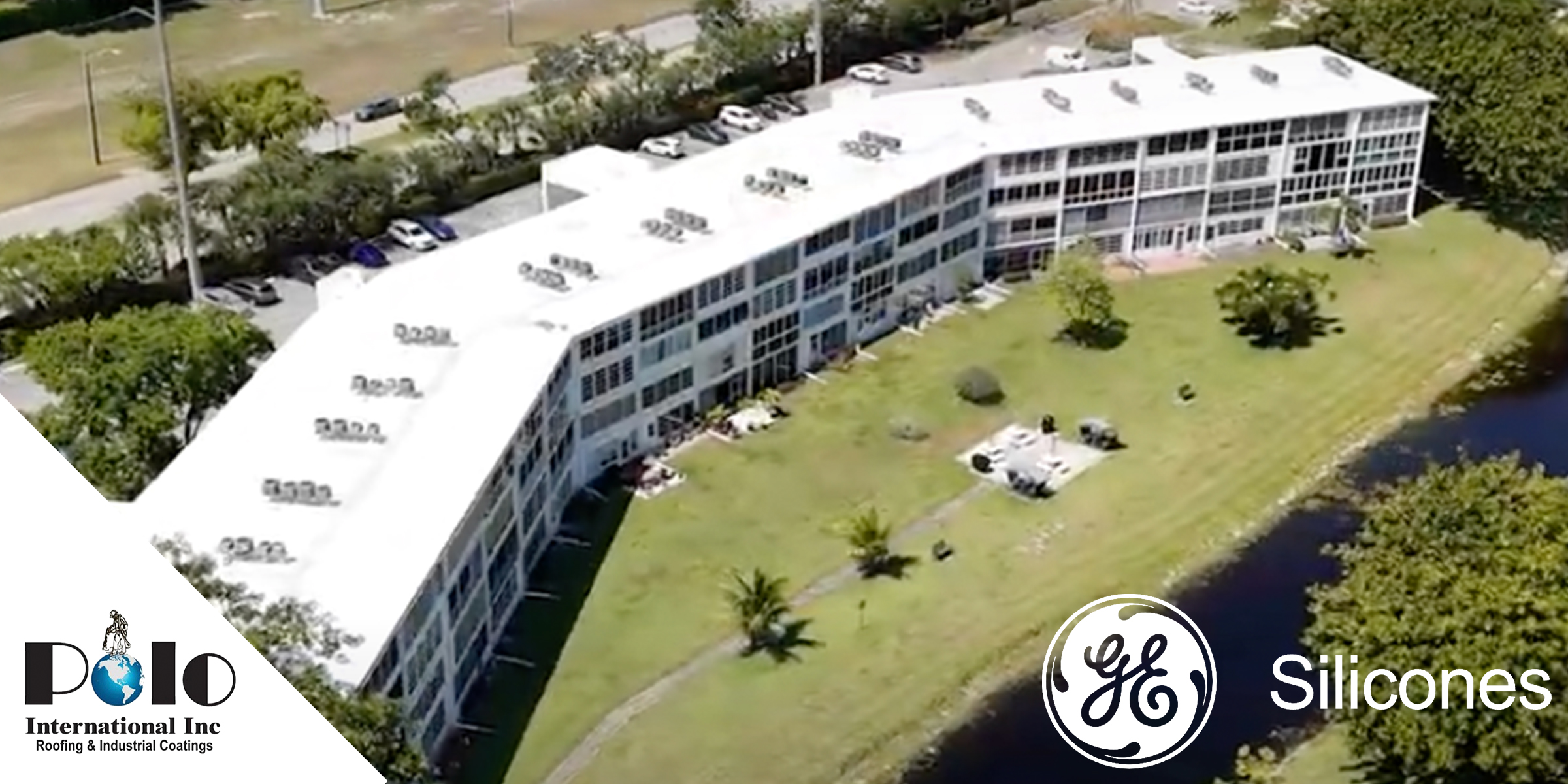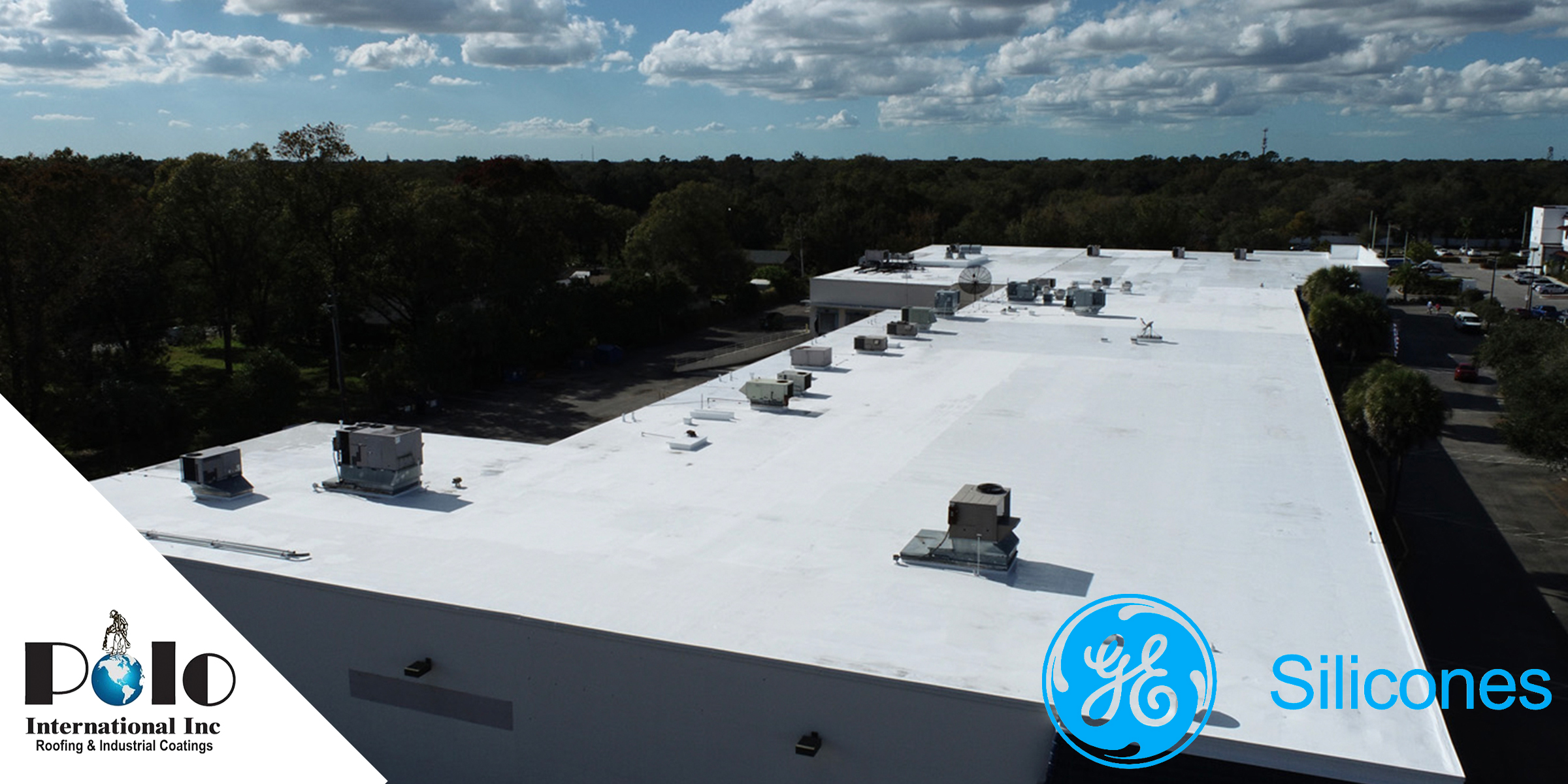
When rising temperatures and summer storms threaten, is your commercial roof prepared to stand the test? High-performance spray foam roofing systems from leading manufacturers—such as GE Silicone, Carlisle, HENRY Co, and Everest Systems—create a seamless, energy-efficient, and durable layer that not only withstands summer’s harshness but also fortifies your building against varied weather patterns.
Heat Reduction & Energy Savings
For those drafting a summer roof maintenance checklist or preparing for hurricane season, SPF roofing’s seamless barrier reduces heat absorption and maintains cooler internal temperatures. By reflecting solar energy and insulating against thermal gain, spray foam roofing can lower cooling energy costs by up to 30%, according to industry studies . This makes it an ideal choice for commercial properties seeking both comfort and cost efficiency.
Water Resistance & Storm Defense
Beyond heat mitigation, SPF roofing delivers superior water resistance—critical for hurricane preparedness. Unlike traditional membranes that rely on seams and fasteners, the monolithic SPF layer eliminates vulnerable joints where water can infiltrate. Its closed-cell structure repels moisture, providing an extra line of defense against heavy rains and wind-driven water intrusion during summer storms. For best practices on hurricane-ready roofing, see the National Roofing Contractors Association guidelines .
UV Protection & Longevity
UV degradation accelerates roofing deterioration and maintenance costs. Spray polyurethane foam inherently reflects UV radiation thanks to its chemical composition and smooth finish. When combined with a silicone topcoat—offered by GE Silicone and Carlisle—the roofing system gains high solar reflectance and weather resistance. This dual protection minimizes thermal cycling stress, preventing expansion-contraction damage that often leads to leaks. Refer to Energy Star Roofing Guidelines for recommended reflectivity standards .
Advanced SPF formulations from manufacturers like Carlisle include UV stabilizers that absorb harmful radiation before it impacts the foam’s integrity. This built-in stabilization ensures long-lasting durability, even under constant sun exposure.
Sustainable Impact & Urban Heat Island Mitigation
Cool roofs contribute to broader sustainability goals by lowering urban heat island effects. Reflective SPF roofing helps reduce ambient air temperatures in dense commercial zones, supporting community-wide energy savings and environmental health. Adopting UV-reflective spray foam is not only a property-specific benefit but also a contribution to larger urban resilience initiatives.
Implementation & Best Practices
A successful SPF roofing project follows these key steps:
- Surface Inspection & Preparation:
Evaluate existing roof conditions, repair damage, and ensure a clean substrate for optimal adhesion. - Professional Application:
Engage certified SPF applicators who understand proper mixing ratios, spray patterns, and curing requirements. - Silicone Topcoat Application:
Apply a reflective silicone layer per manufacturer specifications to maximize UV protection and reflectivity. - Quality Assurance:
Perform adhesion tests and infrared scans to verify uniform thickness and continuity, per ASTM Roofing Standards . - Maintenance & Inspections:
Schedule bi-annual checks to seal any minor imperfections and maintain topcoat reflectivity.
Ready to Summer-Proof Your Roof?
Equipping your commercial building with a UV-reflective, water-resistant SPF roofing system is essential for sustainable property management and operational efficiency. From heat reduction and energy savings to storm defense and longevity, spray foam roofing offers a comprehensive solution tailored for extreme summer conditions.
Contact a commercial roofing expert today to discuss how SPF roofing systems can protect your property this summer. Learn more and schedule your consultation.



